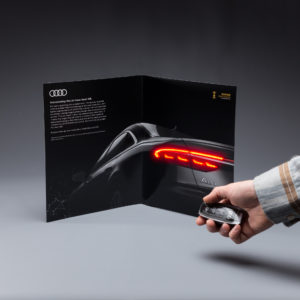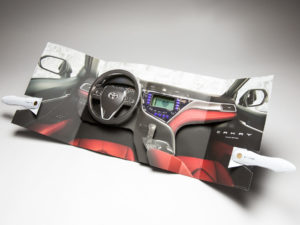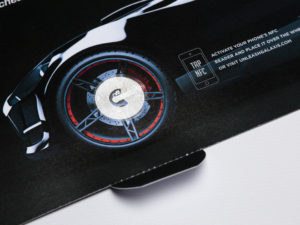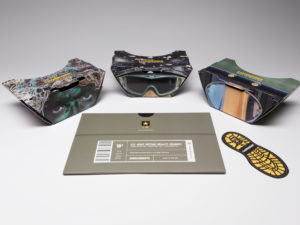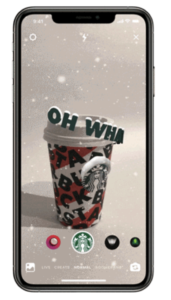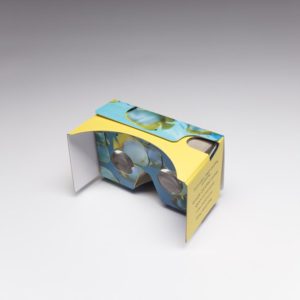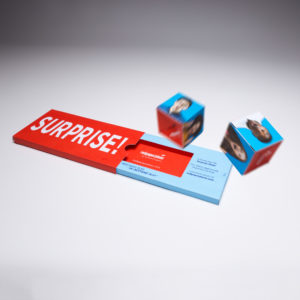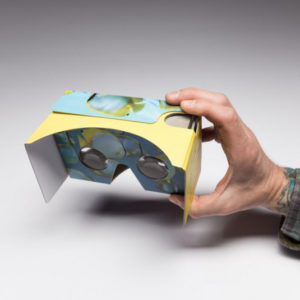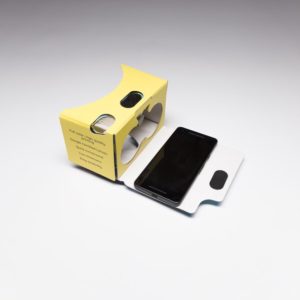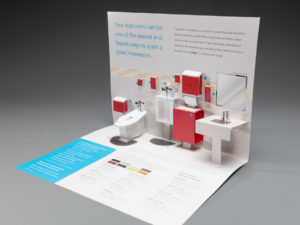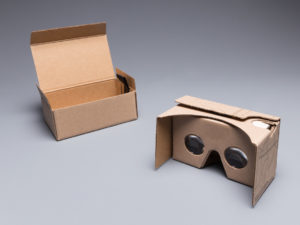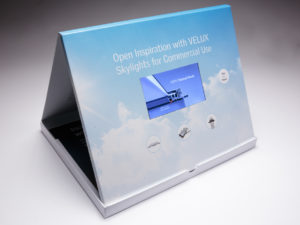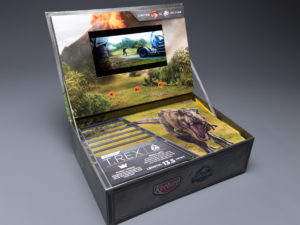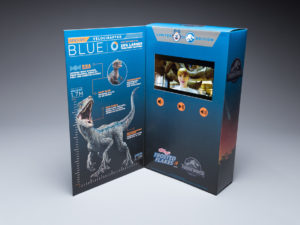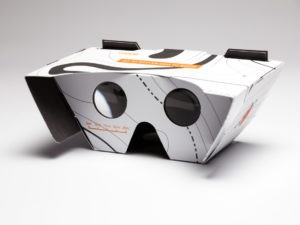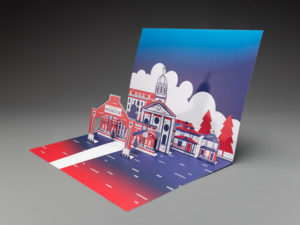In the lead up to the new quarter, we put our heads together to share our vision for the months ahead. Here are a few trends we think will be shaping our marketing throughout the remainder of 2020.
Video Marketing
It’s no secret that customers respond well to visual content. Now, more than ever, this type of content is essential, due to in person meetings and events being cancelled. But, just because you can’t be there in person, doesn’t mean you can’t be there at all. Video marketing is relatable, emotional and aids in building relationships. Much like we predicted in 2019, video content will continue to be an essential part of any marketing strategy for the duration of 2020.
Whether you’re just getting started with video marketing or you want to up your video marketing’s “wow factor”, give our Video Mailers a try. Not only are they attention-getting, they also provide a visual experience of your brand for your prospects.
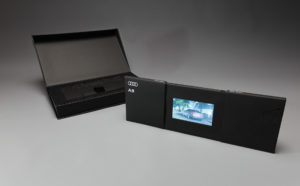
Online Goes Offline
Believe it or not, what’s tried and true are staples for a reason. That’s why direct mail still has value.
However, now brands are using technology and data gleaned from customers’ online presence to inform how to approach them offline. Billboards, retailers and others have begun experimenting with this ultra-targeted communication and consumers are falling for it.
Don’t have the budget (or the data) to do this yourself? Use what you do know about your customers to approach them in a thoughtful way that is both relevant and valuable to them.
Increased Direct Communication
Similar to our above point about personalizing direct mail, we expect the channels of communication between customers and brands to improve. Instead of the impersonal connections that many social platforms and websites offer, we’re seeing text messaging platforms, real-time Twitter Q&As, and on-call customer service representatives resurfacing and resurrecting the strong direct connections many of us have missed having with our favorite brands.
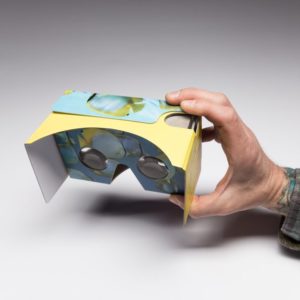

Sensory Immersion
It’s not just about pumping out consistent content anymore. Customers are oversaturated with it. Instead, capturing the attention of potential buyers will require brands to get more creative. Augmented Reality (AR) and Virtual Reality (VR) will continue to deliver on this front, but we’ll also see more interactive marketing experiences like this one that engage each of the five senses.
